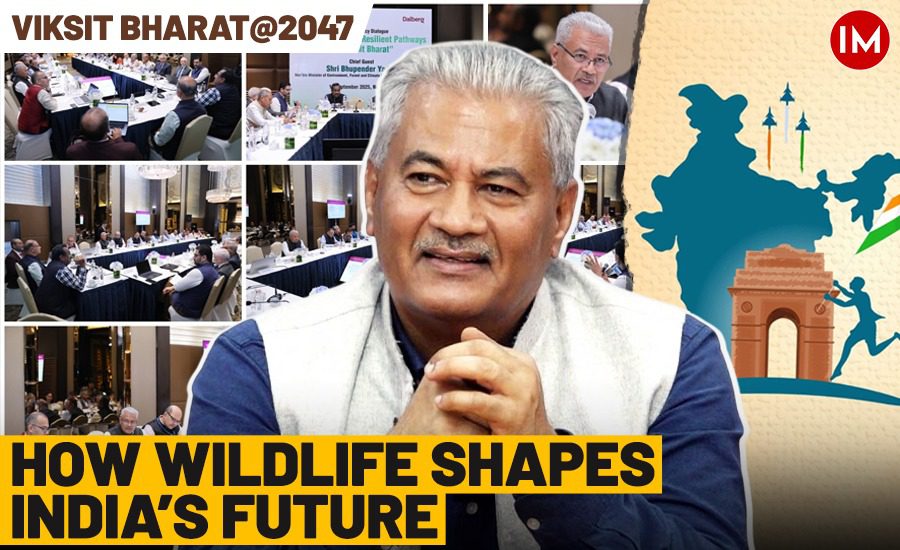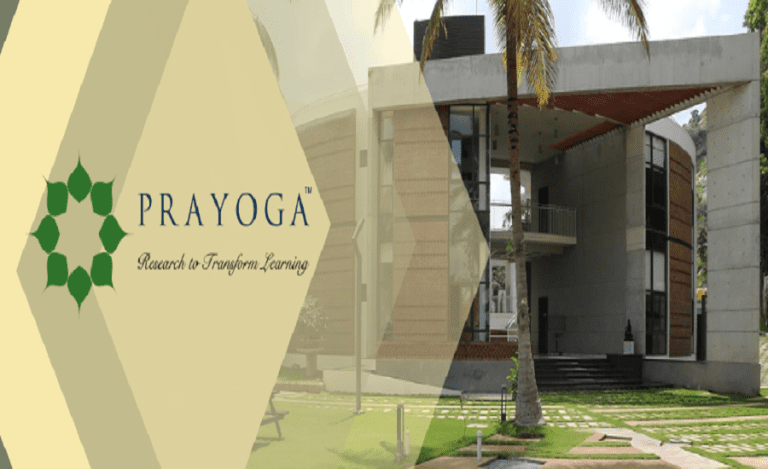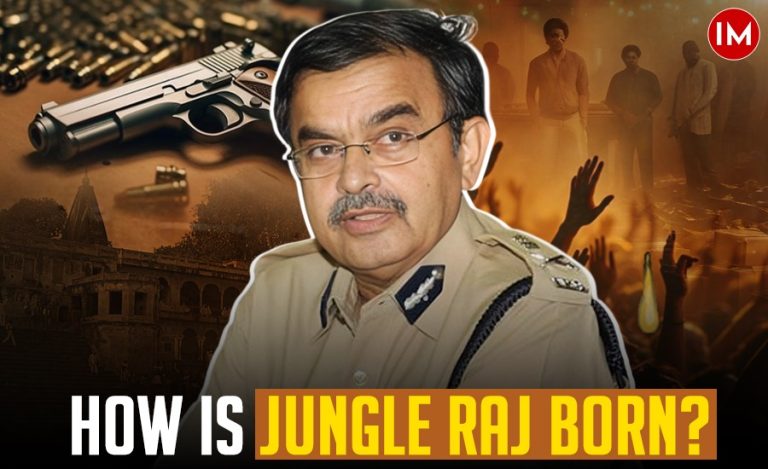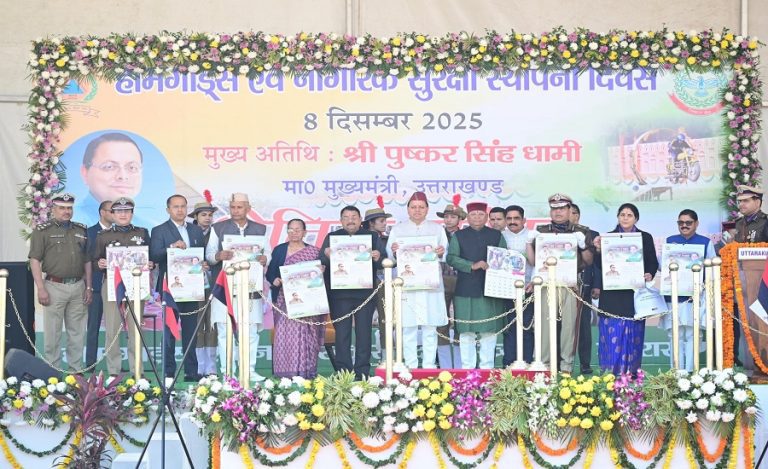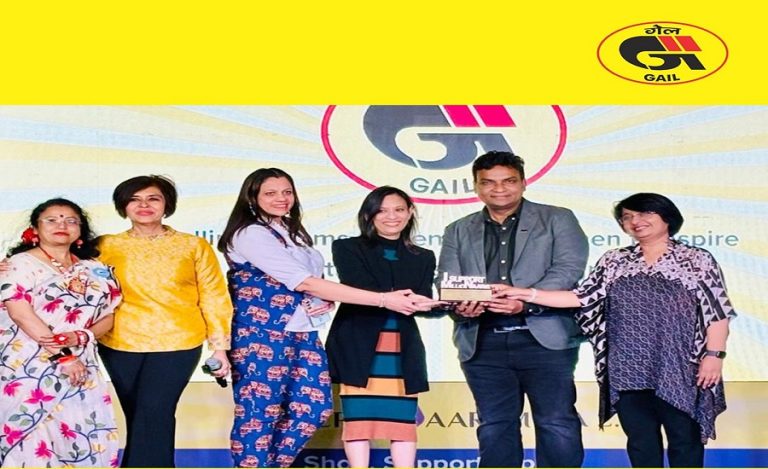India’s vision for Viksit Bharat @2047 envisions a developed nation that balances economic prosperity with environmental sustainability, social equity, and global leadership.
Wildlife conservation is integral to this goal, as biodiversity underpins ecosystem services like carbon sequestration, water regulation, pollination, and tourism, which contribute to sustainable development.
The creation of the International Big Cat Alliance (IBCA) by the Government of India, as envisioned by Hon’ble Prime Minister for conservation of 7 big cats of the world namely Tiger, Lion, Leopard, Snow Leopard, Cheetah, Jaguar & Puma found in 95 range countries & covering habitat of more than 55 million Sq Km is a significant step in right direction.
With India being one of the major mega-biodiverse countries, hosting 8% of global biodiversity across diverse ecosystems – from the Himalayas to the Western Ghats, from hot deserts to cold deserts, from wetlands to high lands – protecting wildlife ensures resilience against climate change and supports the $30 trillion economy target by 2047.
However, rapid urbanization, habitat loss, and human pressures threaten this richness, necessitating, integrated strategies.
India has made significant strides in wildlife conservation. The country has established approximately 1,000 protected areas, including 106 national parks and 573 wildlife sanctuaries, 58 Tiger Reserves, 33 Elephant Reserves covering about 5% of the land. Flagship programs like Project Tiger have increased tiger populations from 1,411 in 2006 to approximately 4000 today, while Project Elephant, Project Cheetah and initiatives for species like the Asiatic lion, Dolphin, Great Indian Bustards and Snow Leopard have shown success.
India is the largest tiger range country in the world having more than 70% tigers in the wild, India is the largest Asiatic Elephant range country in the world, India is the largest Single Horn Rhinoceros country in the world and India is the only home to the Asiatic Lion. Further, as a first in the world, India has done inter-continental, wild to wild, translocation of Cheetahs successfully and reintroduced them after 7 decades.
Despite these achievements, challenges persist, like–
Habitat Loss and Fragmentation: Deforestation, agricultural expansion, encroachment and infrastructure (e.g., highways under the Viksit Bharat plan) development would adversely impact wildlife conservation which would call for ensuring a strict balance with all developmental activities.
Human-Wildlife Conflict: Rising incidents, such as elephant crop raids, straying of tigers & leopards lead to retaliatory killings, exacerbated by population growth near forests.
Poaching and Illegal Trade: Despite efforts of the Central, State Governments and enforcement agencies, trafficking in species like tigers, rhinos and pangolins continues, driven by international demand remains a challenge.
Low Research Investment: Altered habitats due to warming threaten migratory species & other wildlife. The R&D budget is low for research in these areas, hindering data-driven decisions.
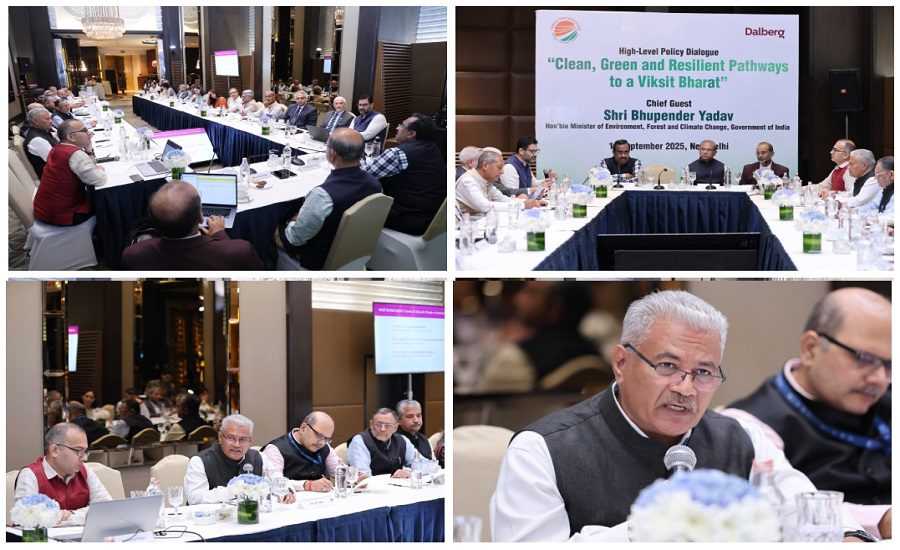
Recommended Strategies for Wildlife Conservation Towards 2047:
To achieve Viksit Bharat, conservation must completely integrate with development. Strategies should leverage technology, community involvement, and policy reforms for long-term resilience.
Key recommendations include:
1. Integrate wildlife into Viksit Bharat sectoral plans: For instance, the Ministry of Road Transport’s 50,000 km highway expansion should mandate eco-friendly mitigation measures for wildlife corridors and underpasses to ensure connectivity & minimize fragmentation.
2. Expand and Restore Habitats: – Increase protected area coverage to 10% of land by 2047, focusing on biodiversity hotspots of the country. Restore degraded habitats, adopt carbon sequestration strategies—afforestation, agroforestry, and mangrove protection—to combat climate change, aligning with India’s net-zero goals.
3. Leverage Technology and Research: – Deploy AI, machine learning, and satellite tagging for real-time monitoring of different endangered species. The IndiaAI Mission can fund predictive models for poaching hotspots and straying patterns which lead to human-wildlife conflict.
4.Promote Community-Led and Sustainable Livelihoods: – Empower local communities via Eco-development Committees, Forest Management and eco-tourism besides sharing revenues from parks. This creates jobs (e.g., guides, monitoring) and reduces poaching by linking conservation to income.
5. Involve youth through the “Viksit Bharat @2047: Voice of Youth” platform, encouraging ideas for sustainable practices like natural farming to minimize chemical use near wildlife habitats.
5.Enhance International and Cross-Sectoral Collaboration: –
Integration with Viksit Bharat @2047 Wildlife conservation must be a core enabler of Viksit Bharat’s four pillars:
- economic opportunity (ecotourism could generate $10 billion annually),
- social progress (community benefits to reduce inequality),
- environmental sustainability (biodiversity supports climate goals), and
- good governance (transparent data, enforcement & building trust among stakeholders).
By 2047, we should aim for zero poaching, stable & viable populations of all Schedule-I species, and 33% forest cover.
Success stories like Project Tiger demonstrate feasibility—proving conservation drives inclusive growth. Hon’ble Prime Minister’s emphasis on “harmony with nature” in his 2024 Independence Day speech underscores this: A Viksit Bharat thrives on healthy ecosystems. With political commitment, India can lead globally in sustainable development.
Collective efforts – from government to citizens – will transform challenges into opportunities, realizing a developed, green India by its independence centenary.
We need clean air to breathe, clean potable water from our taps to drink and fertile soil producing enough to feed in Viksit Bharat @2047.
To conclude, Viksit Bharat represents not just economic growth, but a holistic vision where wildlife conservation plays a pivotal role. As we march towards this brighter future, let us not forget to protect the very essence of our natural heritage. Wildlife conservation in developed India must be about creating a future where prosperity does not come at the cost of nature, but where nature itself becomes the foundation of lasting prosperity.
Thank you & Jai Hind.
(The article is written by Dr. S. P. Yadav, a 1989-batch Indian Forest Service (IFS) officer of the Uttar Pradesh cadre, who is currently serving as the Director General of the International Big Cat Alliance, New Delhi.)

